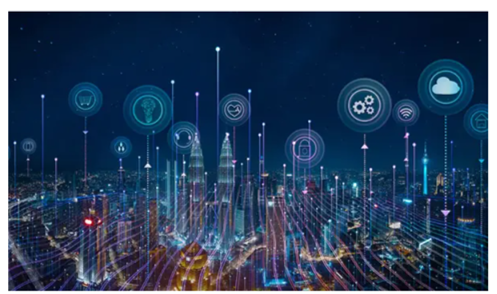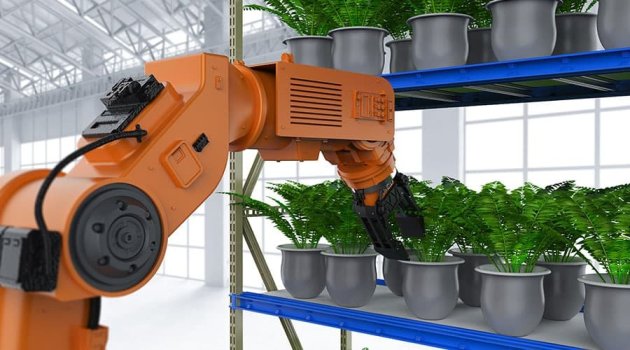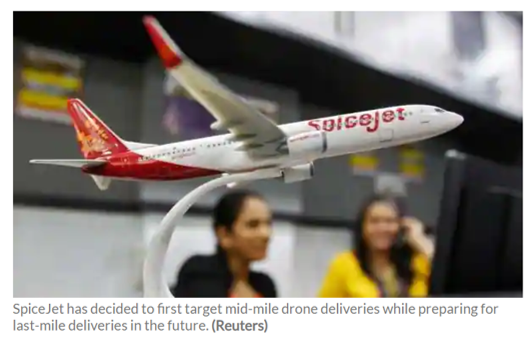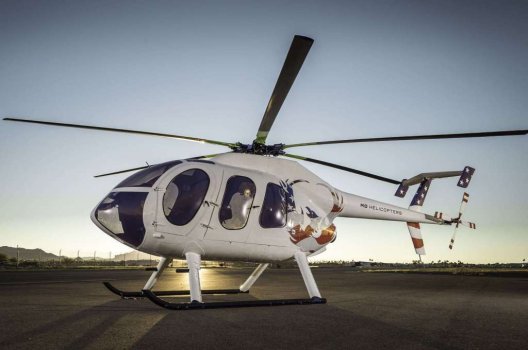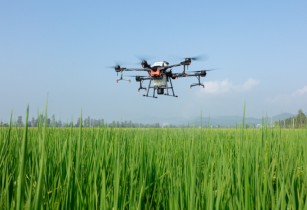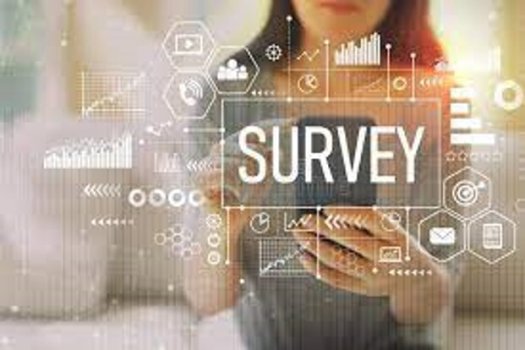2 Easy Ways to Use Artificial Intelligence at Your Small Business
- Technology Solutions
- 0 Replies
As a business owner, you likely have artificial intelligence (AI) on your radar as something you could use to increase operational efficiency and improve customer satisfaction. However, it is not always clear where to start to generate the best return on investment (ROI) when it comes to AI implementation. It's also easy to be lured in by the boldest and flashiest AI initiatives, which are both costly and challenging to pull off.
In most cases, dreaming big is great. But for many businesses, starting out with AI requires you to focus on manageable and targeted initiatives and then build from that point. AI can be a powerful and beneficial tool. However, in my opinion, you need to take things slow to make the most of what it offers.
Here are three ways you can implement AI in your business processes.
Business Process Automation
Think about what jobs or tasks you would have a robot handle if there was one available. Chances are, the most monotonous and tedious items on your to-do list would be included. This is a great place to begin with AI.
Continue reading: https://www.inc.com/peter-roesler/2-easy-ways-to-use-artificial-intelligence-at-your-small-business.html
In most cases, dreaming big is great. But for many businesses, starting out with AI requires you to focus on manageable and targeted initiatives and then build from that point. AI can be a powerful and beneficial tool. However, in my opinion, you need to take things slow to make the most of what it offers.
Here are three ways you can implement AI in your business processes.
Business Process Automation
Think about what jobs or tasks you would have a robot handle if there was one available. Chances are, the most monotonous and tedious items on your to-do list would be included. This is a great place to begin with AI.
Continue reading: https://www.inc.com/peter-roesler/2-easy-ways-to-use-artificial-intelligence-at-your-small-business.html






